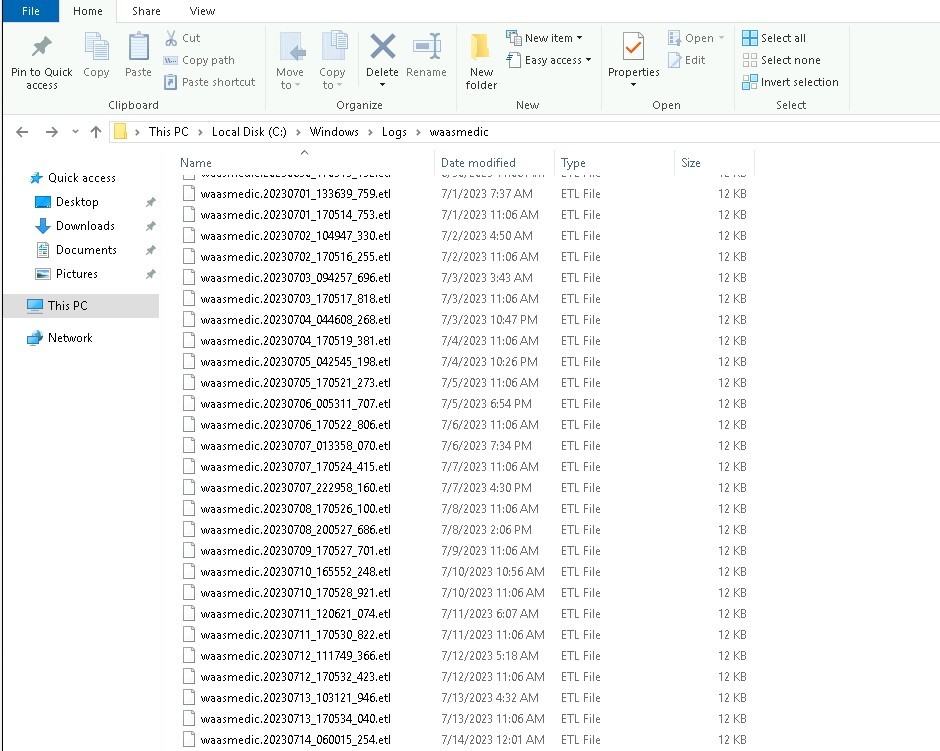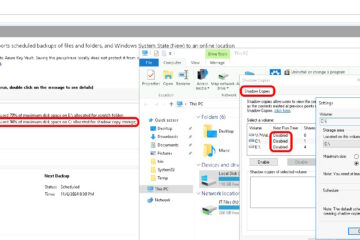WaaS is the acronym for “Windows As A Service”. It was announced as part of Windows 10 and intended to dramatically improve deployment and upgrade process. The files in C:\Windows\Logs\waasmedic are used by Windows 10 to “Enable remediation and protection of Windows Update components” so they are potentially important if something goes wrong with your Operating System.
If you want all the details on WaaS, read THIS Microsoft article.
NOTE: Windows 11 scrapped WaaS and Microsoft is now providing one major build update per year.
You can probably guess that WaasMedic relates to keeping Windows 10 healthy. That upgrade process was largely managed by Windows Update and it creates .ETL files (often more than one per day, as you can see in the screenshot below), which can lead to thousands of log files taking up space on your C:\ drive.

The natural question is can C:\Windows\Logs\waasmedic be deleted or can some of the .ETL log files in C:\Windows\Logs\waasmedic be deleted safely. In a word, the answer is, no. You should leave the .ETL log files.
If you really want to get back the disk space from C:\Windows\Logs\waasmedic try:
- running the DISK CLEANUP utility AS AN ADMINISTRATOR (or click the CLEAN UP SYSTEM FILES button after you run it as a regular user)
- running a tool like CCleaner which safely deletes these junk files



0 Comments